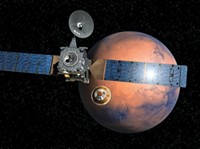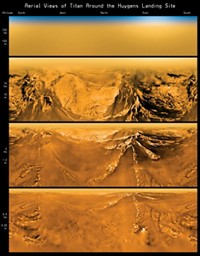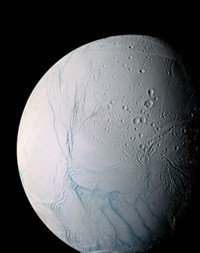Advertisement
Grab your lab coat. Let's get started
Welcome!
Welcome!
Create an account below to get 6 C&EN articles per month, receive newsletters and more - all free.
It seems this is your first time logging in online. Please enter the following information to continue.
As an ACS member you automatically get access to this site. All we need is few more details to create your reading experience.
Not you? Sign in with a different account.
Not you? Sign in with a different account.
ERROR 1
ERROR 1
ERROR 2
ERROR 2
ERROR 2
ERROR 2
ERROR 2
Password and Confirm password must match.
If you have an ACS member number, please enter it here so we can link this account to your membership. (optional)
ERROR 2
ACS values your privacy. By submitting your information, you are gaining access to C&EN and subscribing to our weekly newsletter. We use the information you provide to make your reading experience better, and we will never sell your data to third party members.
Physical Chemistry
Rover Performs Well During Battery Of Tests After Landing On Mars
by Elizabeth K. Wilson
August 27, 2012
| A version of this story appeared in
Volume 90, Issue 35
NASA’s Mars rover Curiosity, on which sits the instrument-packed Mars Science Laboratory, took its first test drive on Mars’s surface last week, moving 20 feet from its landing spot. Curiosity, which landed inside Gale Crater on Aug. 6, contains lasers, a chemistry laboratory, spectrometers, and gas chromatographs that will analyze dust and rocks for organic markers of possible past life (C&EN, Aug. 13, page 7). On Aug. 19, Curiosity fired its laser beam at a small rock named Coronation, confirming the instrument’s ability to capture the spectra of vaporized dust from the rock. Engineers have also unfurled the rover’s robotic arm and tested the turning ability of the rover’s wheels, team members said. One of two sensors that monitor wind velocity suffered damage, likely during landing, the team said. The $2.5 billion project has been given a two-year lifetime, although many planetary missions, including NASA’s Mars rovers Spirit and Opportunity, have lasted many years beyond their expiration dates.






Join the conversation
Contact the reporter
Submit a Letter to the Editor for publication
Engage with us on Twitter